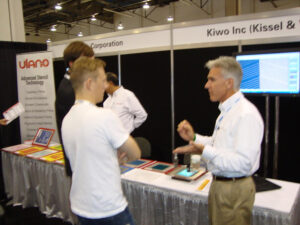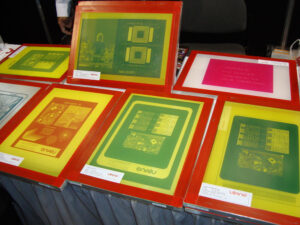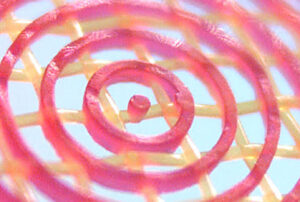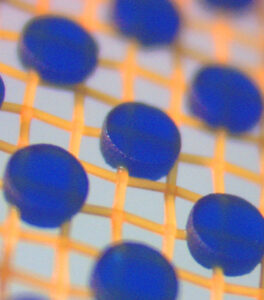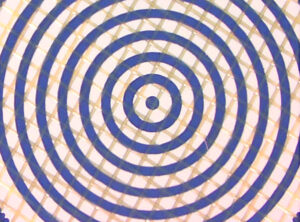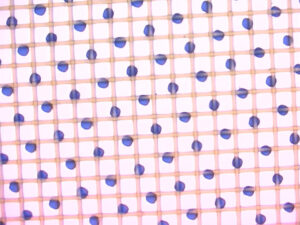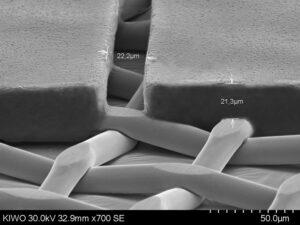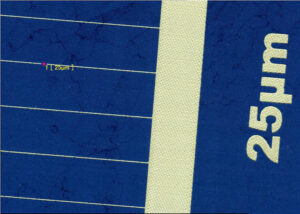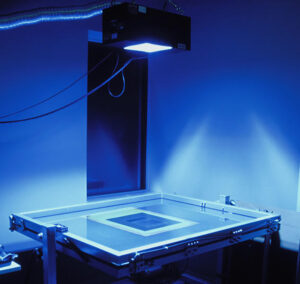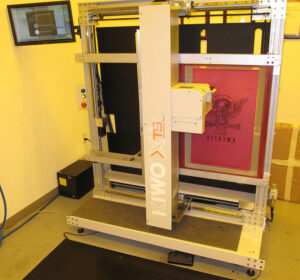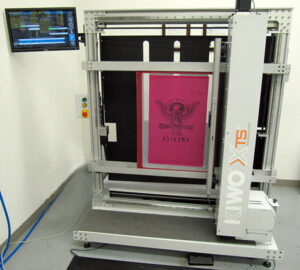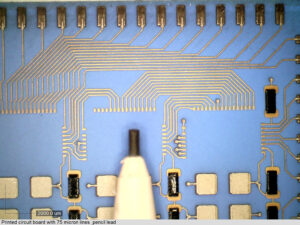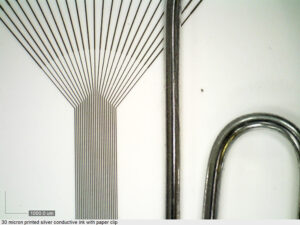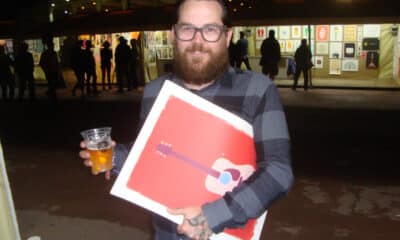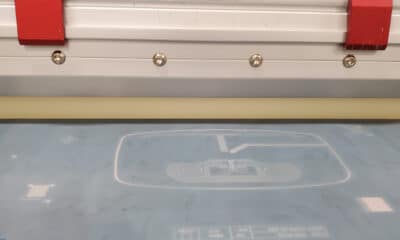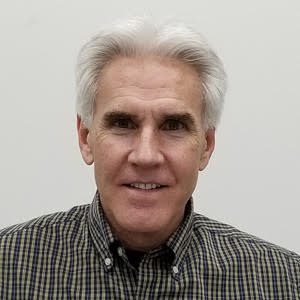
Dave Dennings
WELCOME TO “ART, AD, or Alchemy?”
Episode 9. Cue The Beatles.
A little-known factoid: At over eight minutes, “Revolution 9” is the longest track The Beatles officially released during their existence as a band.
It’s also pretty weird. LSD is a hell of a drug.
I’ll tell you something else that might need a revolution. It’s one of the most common tendencies in our industry. In your average screen shop, the most important job is often left to the most inexperienced worker. The lowly screen and stencil – the backbone of every print, regardless of application, size of company, type of press, length of run, or color of squeegee – is today’s topic. Welcome to Stencil Science, or Alchemy 101 for bozos like your host. It’s chemistry, it’s physics, it’s math, and it’s a bit of magic. Our guest on Episode 9 is Dave Dennings from Kiwo, and he knows stencils.
The reason I reached out to Dave was simple. I had been helping a client tackle a fairly unique screen printing challenge, and I needed advice about the last part of a complex industrial print: the stencil and the mesh. I knew a little, but not a lot.
I had read a number of articles, and Dave’s name kept popping up. First were some from the screenprintingmag.com archives: Standardization in Screen Making Part 1 and Part 2.
Then, I hit the motherlode on kiwo.com/articles.
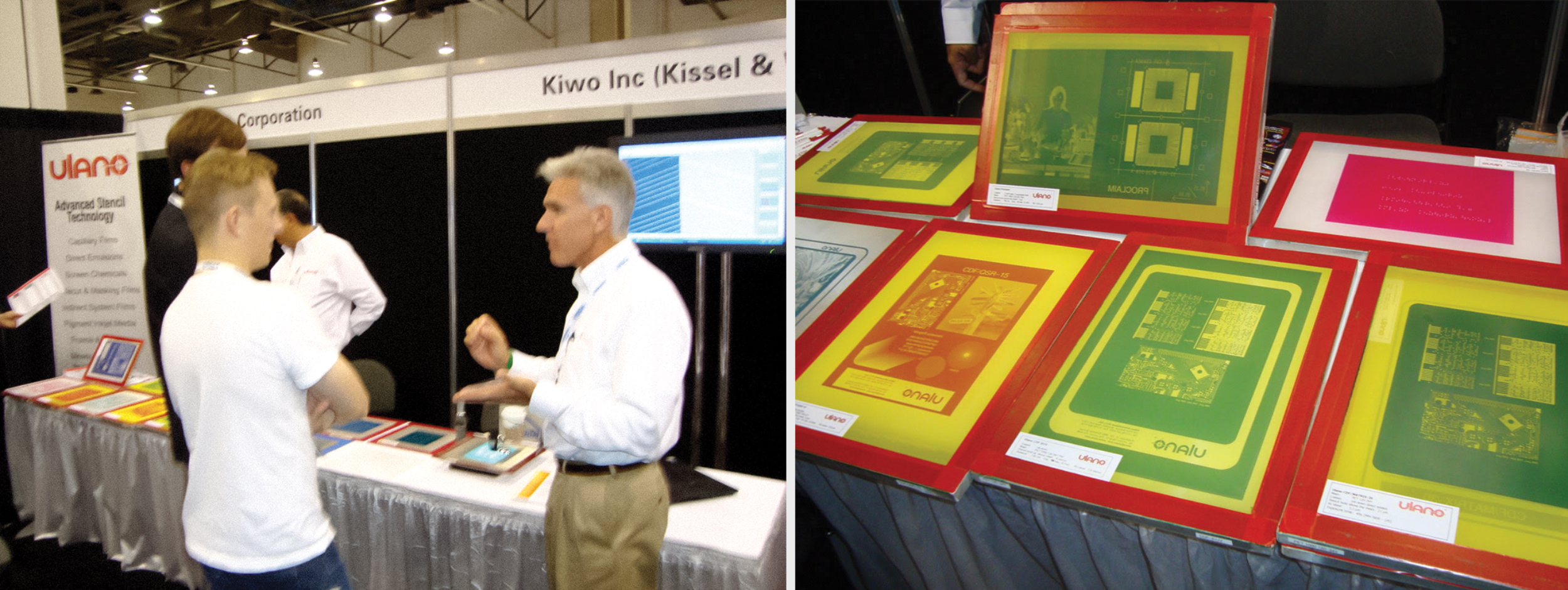
Dave Dennings is a familiar figure at industry tradeshows, answering questions and showing samples of stencil magic – from the finest to the thickest, and everything in between. Photos courtesy of Kiwo and AndyMac.
Now, before any of you readers get worked up over me pumping Kiwo over some of the other emulsion manufacturers out there, full disclosure: I have been a loyal Murakami Pro user ever since I switched from Autotype (started on 5-star) and Ulano (OMG… Hi-Fi Green).
Why? Because it works for my applications, is readily available to me, and reliable. I can count stencil failures over nearly 20 years of use on one hand (and those were my fault). Fords and Chevys. It’s not about brands, kids. It’s about information. Dave was generous with his information, and I think anyone in the screen business, regardless of what emulsion they’re using, will find the podcast interesting.
Over the course of our conversations – the ones on tape, and the ones off the record – I learned how a college kid took a detour because he didn’t want to do math, and it led to a series of jobs in Texas working for Kiwo, which also owns the Ulano brand, a pioneer in screen printing worldwide.
There’s a breakdown (sorry, the pun just slipped out) of the various emulsion types available to printers. Their characteristics, advantages, and disadvantages depend on not only the job, but also inks being used, and even more importantly, the light source.
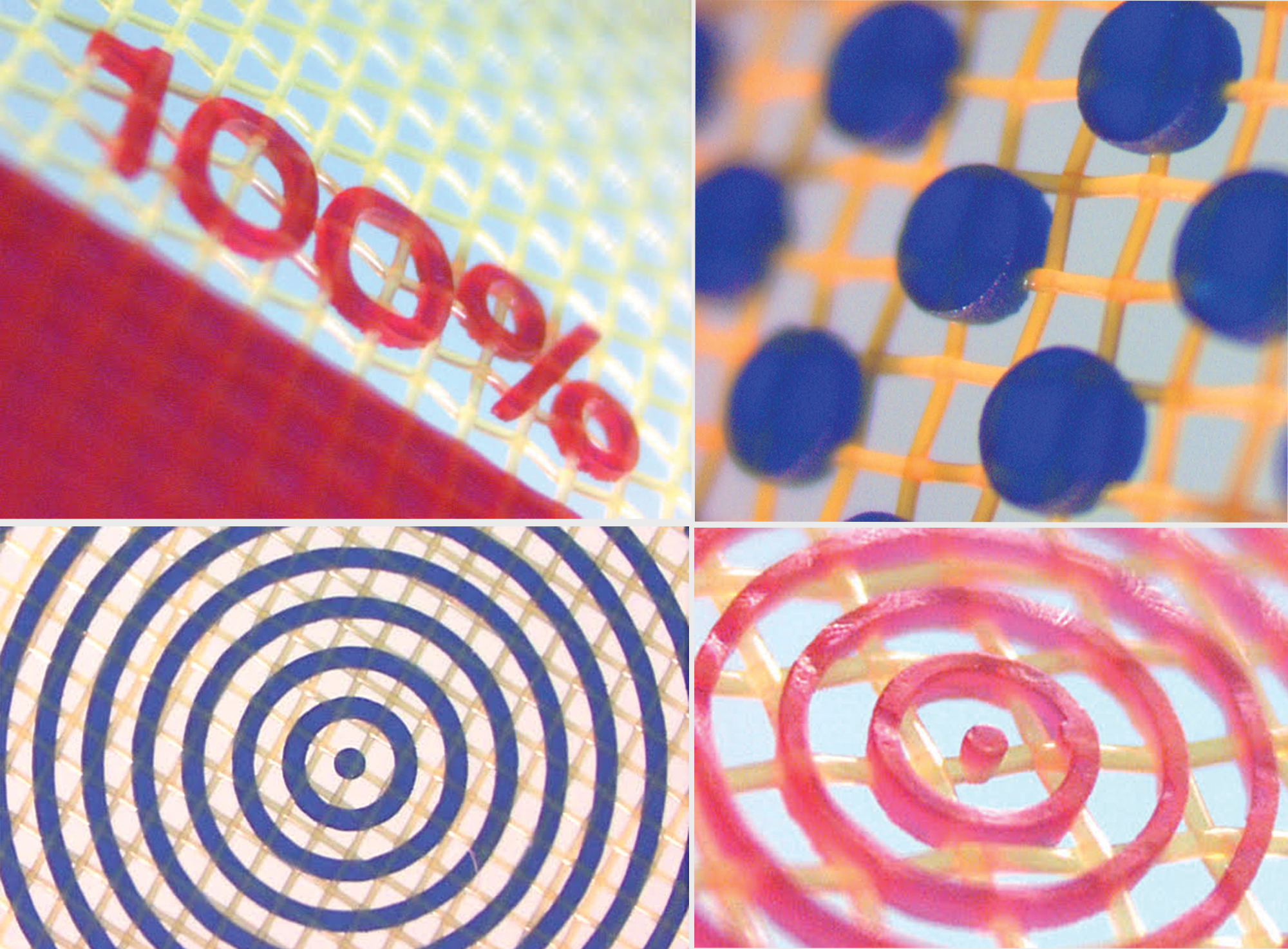
We talk about new technology in the screen room, from LED exposing units to laser or inkjet CTS systems. We spoke about where the industry is going, where it came from, and some of the new areas that are starting to open up as onshoring and nearshoring and the benefits of the so-called global economy run smack into supply chain issues, pandemics, and a changing world.
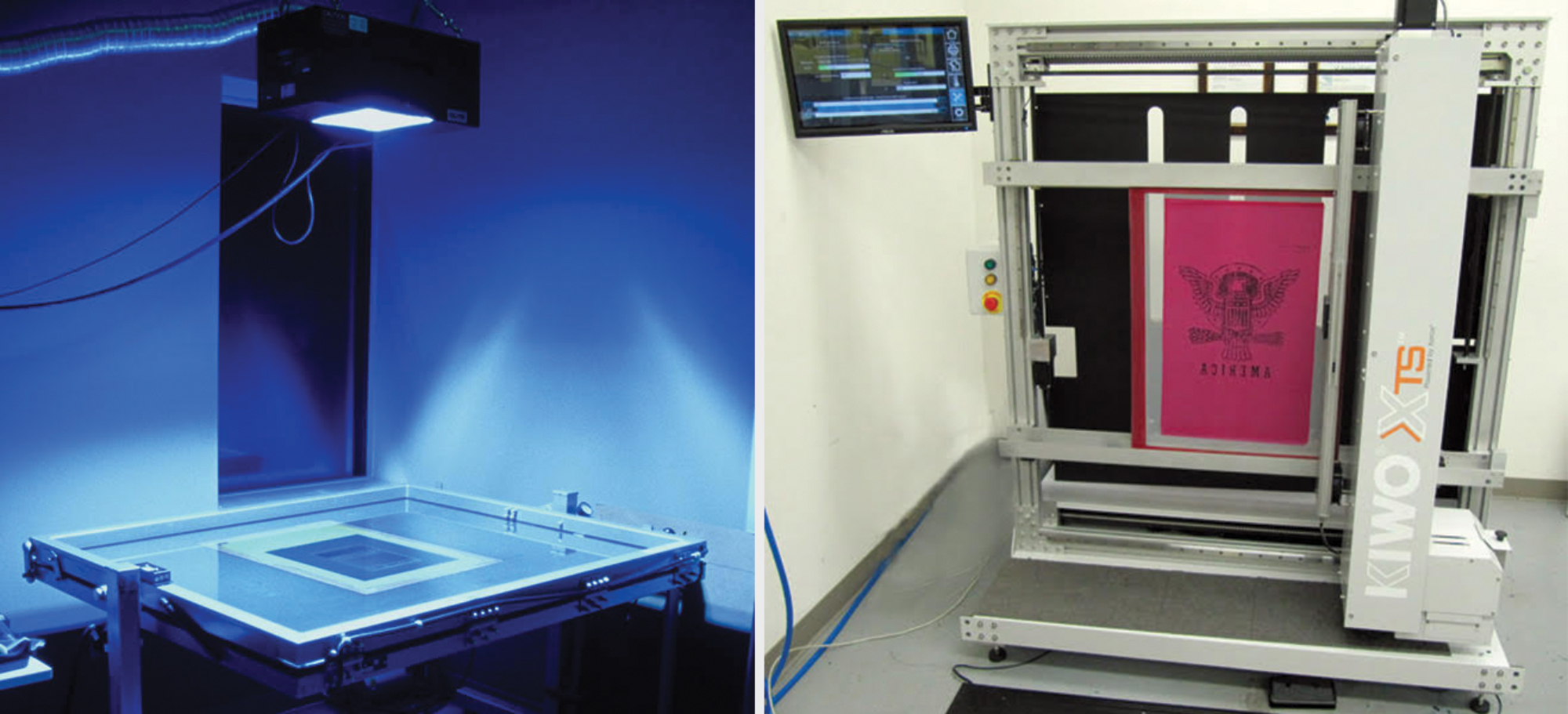
We talk old school, new school, and best of all, we get schooled. Kind of ironic that the guy who changed majors in college to avoid math is now an expert in a subject that has a lot of math and numbers. The interview only scratches the surface of this. Between the mesh counts, the thread diameters, the tension or loss of, the thickness of a wet coating vs. a dry coat, solids content, EOM, RZ, the nanometer range of the exposing lamp, the intensity, the distance from the light source to the stencil, the thickness of the glass (or lack of) and its transmission of light energy, the length of time of the exposure… those are a lot of numbers to keep straight.
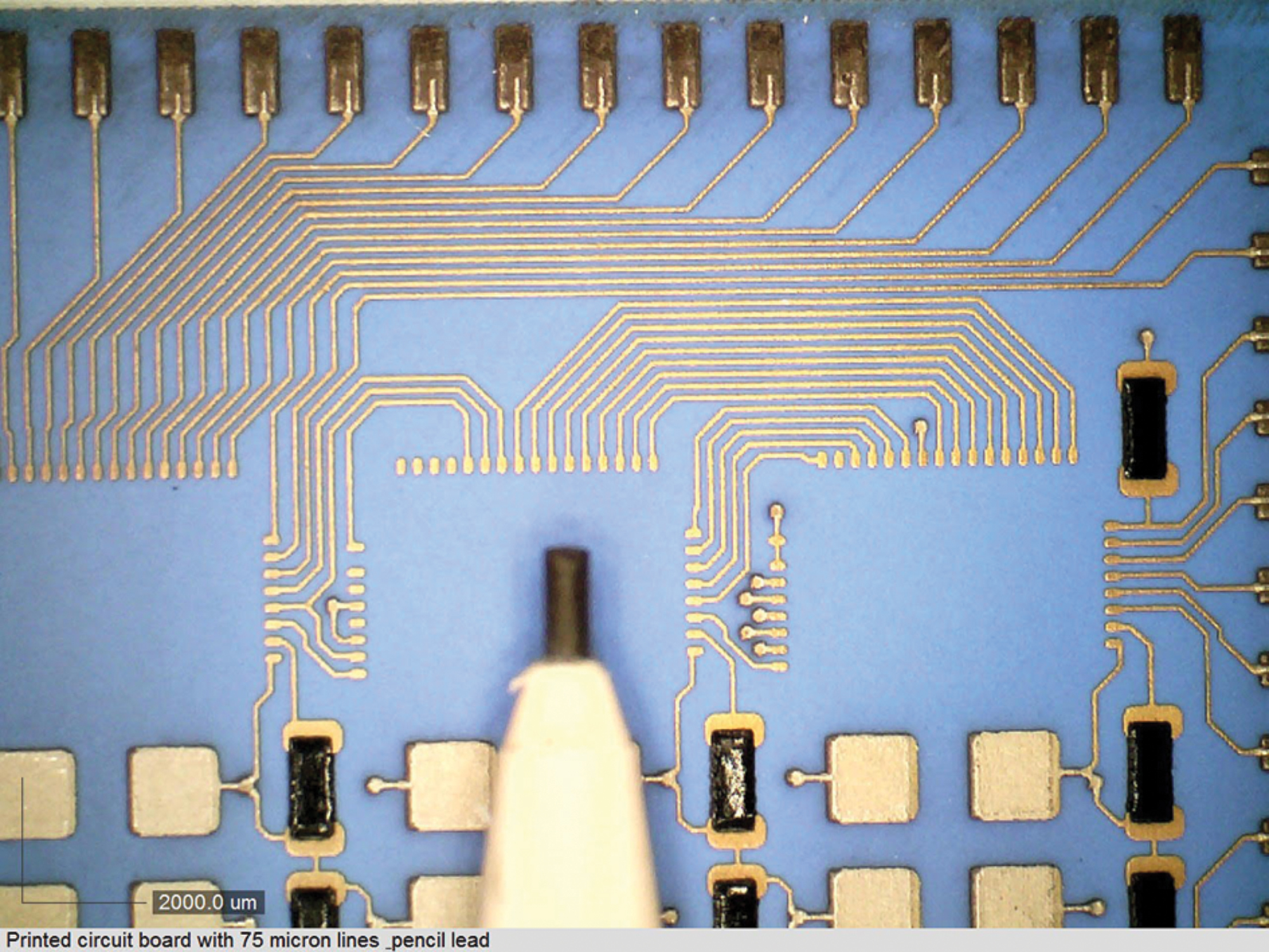
Which brings us full circle to the revolutionary idea that we should pay a little more attention to what is arguably the most important part of screen printing: the screen and stencil. Get that part right, and you can save a lot of time. One bad screen can ruin a job.
I hope you enjoy Episode 9, and many thanks to Dave for all the info.
NOTE: Stencil suppliers in this industry are a wonderful source of information and will help any printer who is looking to up their game in the screen making department. From advice on matching stencil type to application, or tools to measure and control resolution, exposure, and thickness, stencil manufacturers and their local suppliers will help you solve problems and find solutions. In no particular order:
- murakamiscreen.com
- autotype.macdermid.com
- chromaline.com
- ulano.com
- saati.com/en
- baselayr.com
- and of course kiwo.com/articles
As Dave says: Go read the instructions…
PHOTO GALLERY (14 IMAGES)
Advertisement

 Case Studies2 months ago
Case Studies2 months ago
 Art, Ad, or Alchemy2 months ago
Art, Ad, or Alchemy2 months ago
 Andy MacDougall2 months ago
Andy MacDougall2 months ago
 Columns4 weeks ago
Columns4 weeks ago
 Editor's Note3 weeks ago
Editor's Note3 weeks ago
 Marshall Atkinson3 weeks ago
Marshall Atkinson3 weeks ago
 Thomas Trimingham2 months ago
Thomas Trimingham2 months ago
 Case Studies4 weeks ago
Case Studies4 weeks ago





